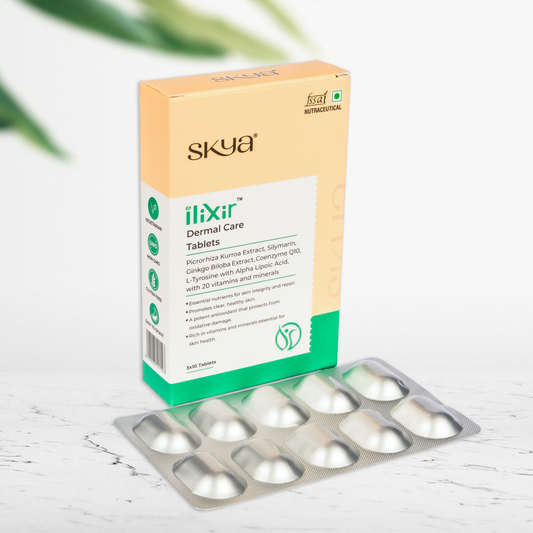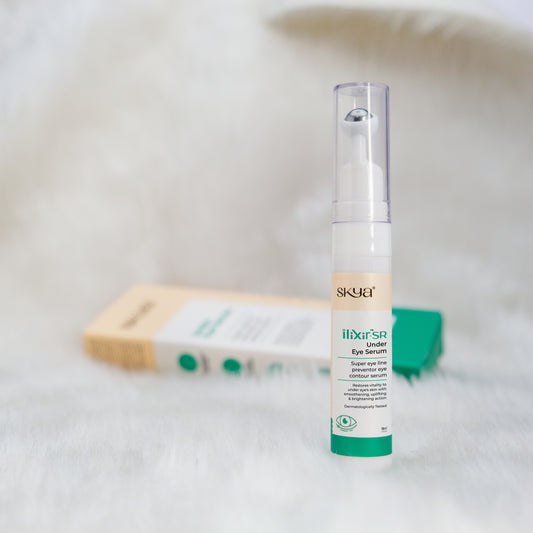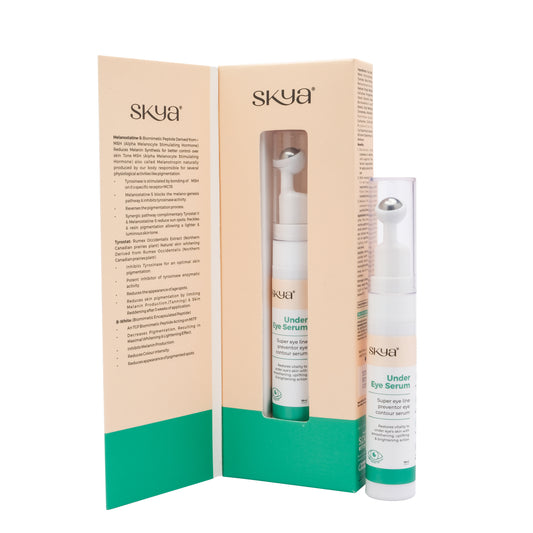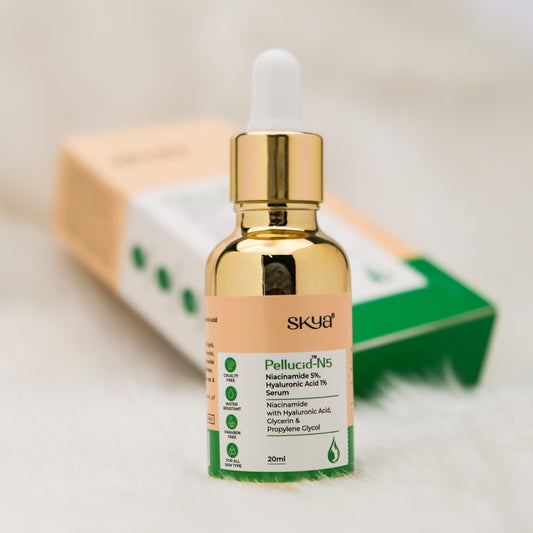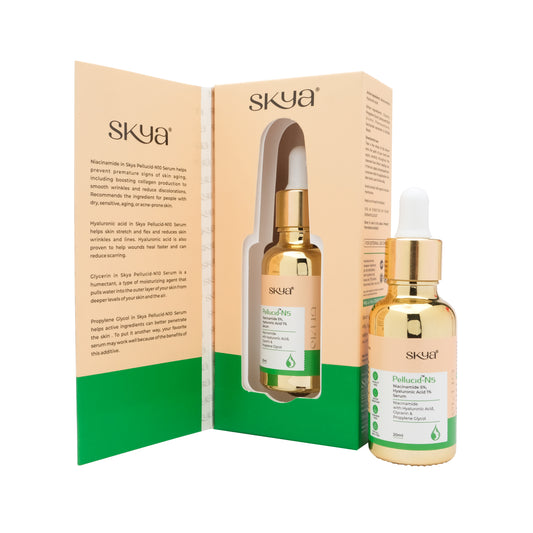What is Ichthyosis? Types, Symptoms, & Treatment - Are you curious to know proper information about the skin disorder called Ichthyosis? Then you are at the right place! Ichthyosis is a skin disorder that leads to itchy and dry skin, causing rough, scaly, and red skin. In this blog, we are going to discover What is Ichthyosis? Types, Symptoms, & Treatment. Stay tuned to know more information!
Here, Skya Transdermic is going to provide you with a complete guide regarding the skin disorder, Ichthyosis, its types, symptoms, causes, and how it can be treated. So, you don’t have to spend hours looking for the proper information!
What is Ichthyosis
Ichthyosis is a type of skin condition or disorder that may lead to dry, itchy skin that seems scaly, rough, and red. Symptoms can range from mild to severe. This skin disorder can only affect the skin, but in some cases, it might also affect the internal organs.
Most people have the genetic form of ichthyosis, which is caused by an altered gene, often inherited from a parent. However, some people develop an acquired form of ichthyosis from another disease or certain medications. While there is currently no cure for ichthyosis, research is ongoing, and treatments are available to help manage the symptoms.
Types of Ichthyosis
Some of the types of ichthyosis include:
- Ichthyosis Vulgaris
- X-linked recessive ichthyosis
- Harlequin ichthyosis
- Epidermolysis ichthyosis
- Lamellar ichthyosis
- Congenital ichthyosiform erythroderma
- Erythrokeratodermia variables
- Progressive symmetric erythrokeratoderma
Symptoms & Causes of Ichthyosis
Symptoms
Some common side effects of ichthyosis range from mild to severe, some of them include the following:
- Cracking of the skin
- Itching
- Dry skin
- Redness of the skin
- skin containing white, gray, or brown scales that resemble the following:
- Hard, armor-like scales
- Small and flaky
- Large, dark, plate-like scales
Some of the other symptoms of ichthyosis may include the following:
- Blisters that can break, leading to wounds
- Hair loss or fragile hair
- Dry eyes and difficulty closing eyelids
- Difficulty hearing
- Thickening of the skin on the soles of the feet & palms of the hands
- Tightening of the skin
- Difficulty flexing some joints
Causes
Ichthyosis can be genetic. It can also be acquired, which implies it occurs afterward due to another condition or medication you are carrying.
Hereditary ichthyosis is a genetic disease - This means it was passed down to you from your parents. Sometimes, parents who don't have ichthyosis can still pass it on. Genes are the codes that tell your body to produce proteins that determine how your body looks and functions. When changes or mutations occur in a gene, it can cause disease. Gene mutations in ichthyosis affect the proteins that protect your skin and keep it moist. They also affect how quickly your body gets rid of skin cells or grows new skin cells.
Ichthyosis usually appears in infancy or early childhood - If both of your parents have a mutation that can cause it, you are more likely to have more severe conditions. Sometimes ichthyosis is genetic without being hereditary. This can happen when a new mutation occurs in a developing fetus. In this case, the baby does not have enough protein that it needs for the outer skin layer. They also don't remove dead skin cells like they should.
People with Ichthyosis often have other conditions, such as:
- Underactive thyroid gland
- Kidney disease
- Sarcoidosis, a disease that can cause patches of inflammation inside the body
- Cancer such as Hodgkin's lymphoma
- HIV infection
Some medicines that might also trigger Ichthyosis include:
- Protease inhibitors, a class of medications used to treat HIV infections, include cancer drugs like hydroxyurea and vemurafenib
- A vitamin called nicotinic acid is used to treat high cholesterol.
- medications, such as cimetidine, that treat acid reflux and ulcers
- Clofazimine, which treats leprosy
Diagnosis & Treatment for Ichthyosis
Diagnosis
Healthcare providers usually diagnose ichthyosis by:
- Ask about your family and medical history, including skin diseases.
- Performing a physical examination that includes a thorough examination of the skin, hair, and nails.
- Sometimes a skin biopsy is done to examine the tissue under a microscope. Sometimes doctors use a biopsy to diagnose a condition or to determine if symptoms are due to another disease or skin condition.
Treatment
- Moisturize the skin with creams, emulsions, or creams that help bind moisture to the skin and reduce dryness and flaking. It works best when topical agents are used on wet skin.
- Long baths to soften and loosen scales.
- Using an oral or topical retinoid, a drug that can reduce scaling.
- Using prescription creams or lotions that may contain retinoids or other medications.
Conclusion
To sum up, everything that has been stated so far, the above-described information regarding the topic “What is Ichthyosis? Types, Symptoms, & Treatment”, gives information about Ichthyosis, a skin disorder, its causes, symptoms, and its diagnosis & treatment. Hope this blog turns out to be informative for you!
People Also Ask About What is Ichthyosis? Types, Symptoms, & Treatment
Question 1. What do you mean by ichthyosis?
Ans. Ichthyosis is a group of skin disorders that lead to dry, itchy skin that appears scaly, rough, and red.
Question 2. What are the symptoms of ichthyosis?
Ans. Some common symptoms include:
- Dry skin
- Itching
- Redness of the skin
- Cracking of the skin
- Scales on the skin
Question 3. What are the medicines used to treat ichthyosis?
Ans. Acitretin (soriatane) is used to treat ichthyosis and other skin disorders.
Question 4. What are the main causes of ichthyosis?
Ans. Primarily, inherited ichthyosis vulgaris is caused by genes.


